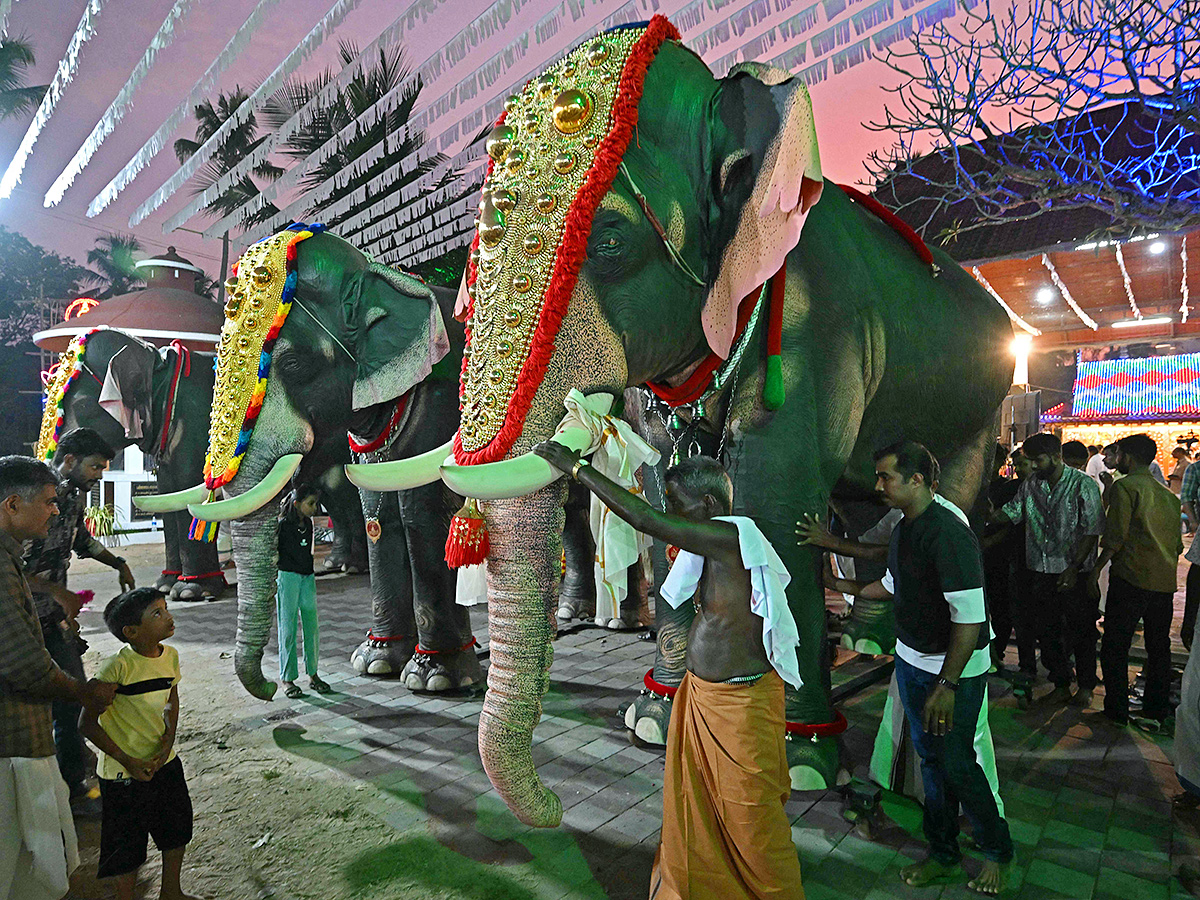
జంతుశాస్త్రం
Structural organization in Animals
Board of Intermediate has changed the syllabus in Junior Inter from the academic year 2012-13, by following the guide lines of NCERT to help the students to prepare for National level competitive exams. With new sylla- bus, two IPE question papers are given in March 13 and May 2013.
Introduction:
* Structural organization in Animals is the Second Unit in the syllabus of Junior Inter Zoology.
* This unit covers the fundamental characters of animals which include the body organization, symmetry, coelom and animal tissues.
Contents:
This unit consists the topics like levels of organization, symmetry, coelom and animal tissues like epi-thelial, connective tissues, muscular and nervous tissues.
Weightage of this chapter in IPE and EAMCET
10 marks weightage is allotted for this chapter in IPE in the form of 3 VSAQs and 1 SAQ.
2-3 questions generally ask from this chapter in EAMCET (analysis of EAMCET papers of 2004 to 2013). In this manner this unit has significant role in both exams.
Previous Questions for IPE
Very short answer type questions:
1. What is Cephalization? How is it useful to its possessors?
(March 2013, May 2013)
A: Cephalization is the concen-tration of nerve and sensory cells at the anterior end. It is shown by bilaterally symmetrical animals.
l As a result of Cephalization, these animals can sense the new environment into which they enter and respond more efficiently and quickly.
2. Distinguish between a tendon and a ligament? (March 2013)
A: Both tendon and ligament belong to Dense regular connective tissue.
* Tendons attach the skeletal muscles to bones.
* Ligaments attach bones to other bones.
3. Define Osteon? (March 2013)
A: Haversian system or Osteon is considered as unit of compact bone.
A Haversian canal and the surrounding lamellae and lacunae are collectively considered as a Haversian system or Osteon.
4. Differentiate between exocrine and endocrine glands?(May 2013)
A: a) Exocrine glands are provided with ducts and secrete mucus, saliva, earwax, oil, milk, digestive enzymes and other cell products. e.g., Liver, gastric glands, salivary glands etc.,
b) Endocrine glands are ductless and their products are hormo-nes. e.g., Pituitary, thyroid etc.,
5. What is the strongest cartilage? In which regions of the human body, do you find it?
A: Fibrous cartilage is the strongest of all the types of cartilages.
It occurs in the intervertebral discs and pubic symphysis of pelvis in human body.
Short answer type questions:
1. Describe the structure of a cardiac muscle? (March 2013)
A: Cardiac (striped and involuntary) muscle : The cardiac muscle is striated like the skeletal muscle .
Cardiac muscles are present in the 'myocardium' of the heart of vertebrates. The cardiac muscle cells or the 'myocardial cells' are short, cylindrical, mononucleate or binucleate cells whose ends branch and form junctions with other cardiac muscle cells.
Each myocardial cell is joined to adjacent myocardial cells by 'electrical synapses' or 'gap junctions'. They permit 'electrical impulses' to be conducted along the long axis of the cardiac muscle fiber. The dark lines across cardiac muscle are called intercalated discs (IDs). These discs are highly characteristic of the cardiac muscle.
Intercalated discs allow the cells to contract as a unit.
Cardiac muscles are involuntary in function. Cardiac muscle is considered as a Functional syncytium. Cardiac muscles is highly resistant to fatigue as it contains numerous sarcosomes, any molecules of myoglobin and rich supply of blood which facilitates continuous aerobic respiration.
2. Describe the structure of skeletal muscle? (May 2013)
A: Skeletal muscle is usually attached to skeletal structures by 'tendons'.
In a typical muscle such as the 'biceps' muscle, skeletal muscle fibre is surrounded by a thin connective tissue sheath, the endomysium. A bundle of muscle fibres is called a fascicle. It is surrounded by a connective tissue
sheath called perimysium. A group of fascicles form a 'muscle' which is surrounded by an epimysium (outer most connective tissue sheath). These connective tissue layers may extend beyond the muscle to form a chord - like tendon or sheet - like aponeurosis.
A skeletal mucle fibre is long, cylindrical and unbran-ched. It is a multinucleated cell with many oval nuclei present peripherally.
Sarcoplasm contains many myofibrils which show alternate dark and light bands. So it is called as striped or
striated muscle.Skeletal muscles are voluntary muscles as they work under the conscious control of an
organism.
Skeletal muscle contracts quickly and undergoes fatigue quickly.
Skeletal muscles have limited power of regeneration and helped by satellite cells.
Important Points:
Ascending order of number of blood cells per cubic millimeter present in blood is..
* Basophils
* Eosinophils
* Monocytes
* Lymphocytes
* Neutrophils
* The connective tissue that helps in the maintenance of body temperature in new born is Brown adipose.
* Symmetry in Ctenophores is Biradial.
* Dense irregular connective tissue is present in Periosteum & pericardium.
* The plane that divides the body into right and left halves is Sagittal.
* Type of connective tissue that is associated with umbilical cord is Jelly like.
* In coelomates, the problem of diffusion of food from gut to tissues is solved by developing circulatory system.













